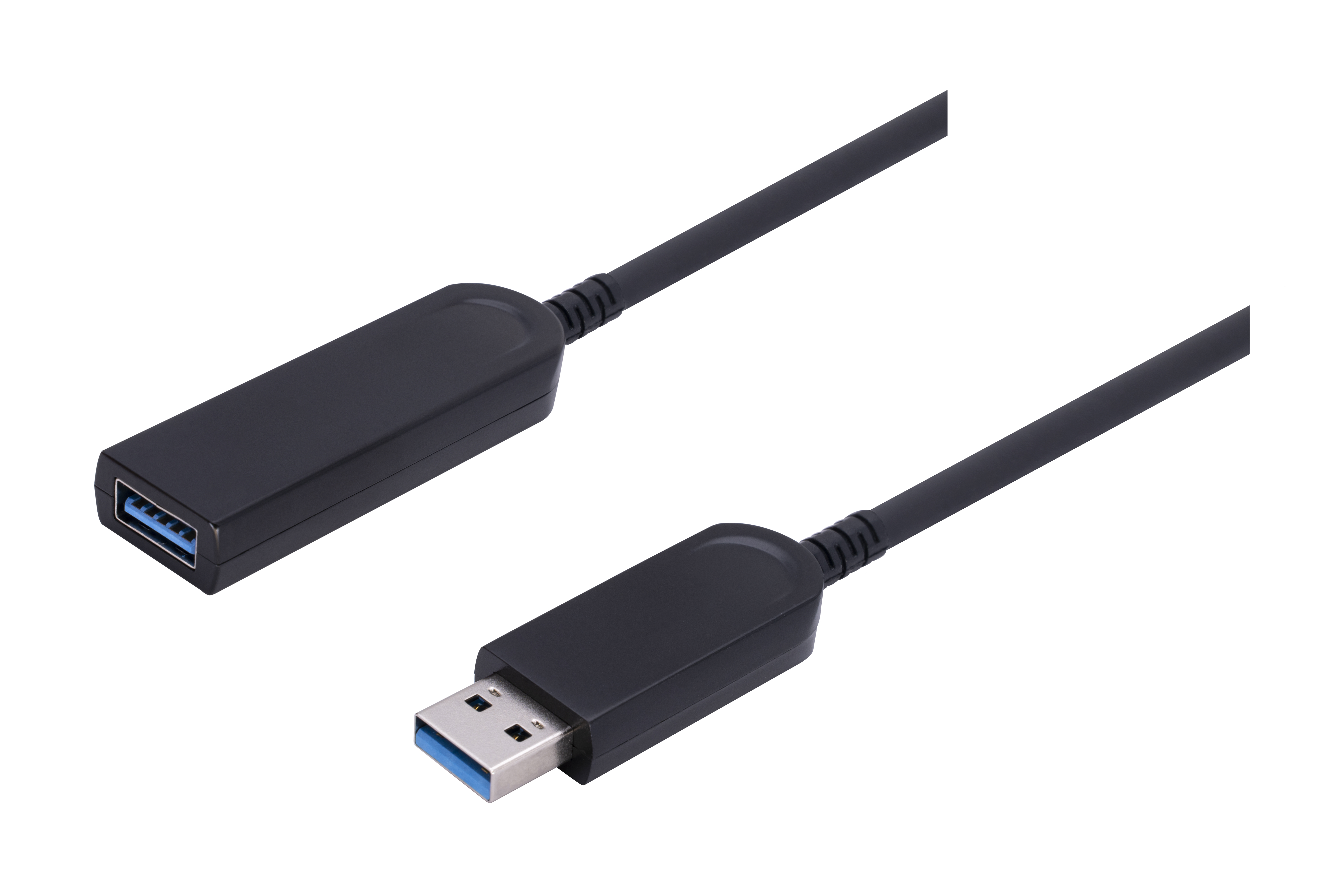USB 3.1 Type C: All You Need To Know
The most recent smartphones, tablets, and laptops have all quickly embraced USB 3.1 Type C, as has the blazing-fast ThunderboltTM 3 connector. The new standard, which replaces USB 3.0, promises a number of significant enhancements, including a two-fold increase in data transfer speed in a smaller, reversible form factor.
USB 3.1 Type C, indeed, has brought new advancements in data transfer technology. Let’s clear a common misconception and look at its amazing advantages of it.
USB 3.1 Type C, USB Type-C, Or USB 3.1?
While USB Type-C is intended to deliver USB 3.1 signals, it is vital to understand that a device using the connection may not necessarily be USB 3.1 compatible. Even though it has a Type-C connection, a USB 2.0 device is, for instance, the Nokia N1 tablet. The OnePlus 2 smartphone is no different. The USB 3.0 Type-A connection, which is the hot blue one used on contemporary laptops and desktop computers, may be used by a device and still support USB 3.1.

Advantages of USB 3.1 Type C
Some of the key benefits of USB 3.1 Type C are as follows:
- With the inexorable shrinking of industrial and consumer devices, the new compact size, measuring in at a thin 2.6 mm in height, provides more room. The benefit is that the tiny USB is no longer required.
- It’s no longer necessary to guess which way the USB connection should be plugged in.
- USB 3.1 is twice as fast as USB 3.0, with data transfer rates of up to 10 Gbps. In comparison to USB 3.0, it also delivers greater overall and enhanced I/O power efficiency.
- Bi-directional power is compatible with USB Power Deliver 2.0. Compared to USB 2.0, which offered up to 2.5 W, only enough for charging your phone or tablet, this amount of power may enable you to charge a whole laptop.
- 4-channel audio and DisplayPort video are supported natively (microphone and speaker). Because one USB port may now handle HDMI, VGA, DisplayPort, and other power connectors and utilize adapters, it enables simplification to a single kind of port.
- Backward compatibility with USB 3.0 and USB 2.0 is another important feature of USB 3.1.
Speed of USB 3.1 Type C
Data transfer rates of 10Gbps are provided by USB 3.1 Type-C. Moreover, it is quicker than the SATA III standard’s 6.0Gbps rate, enabling external hard drives to outperform internal drives at their present performance! Thunderbolt’s 10Gbps speed is comparable to that of Thunderbolt, however, Thunderbolt 2’s 20Gbps speed is twice as fast. Nonetheless, USB-C has a lower cost/performance ratio than Thunderbolt 2, making it ideal for consumer applications. It also costs roughly 25% less than Thunderbolt 2.
Finally
For today’s computing devices, the introduction of the USB Type-C connector and the advancement of USB data handling and charging standards present some incredibly exciting possibilities. These have, however, also contributed to a significant amount of uncertainty.
A wide selection of cables is available from SmartAVlink. Among SmartAVlink’s best products are optical USB cables, USB AOC cables, and USB c 3.1 varieties. You can also ask for our assistance if you have any questions or problems.
